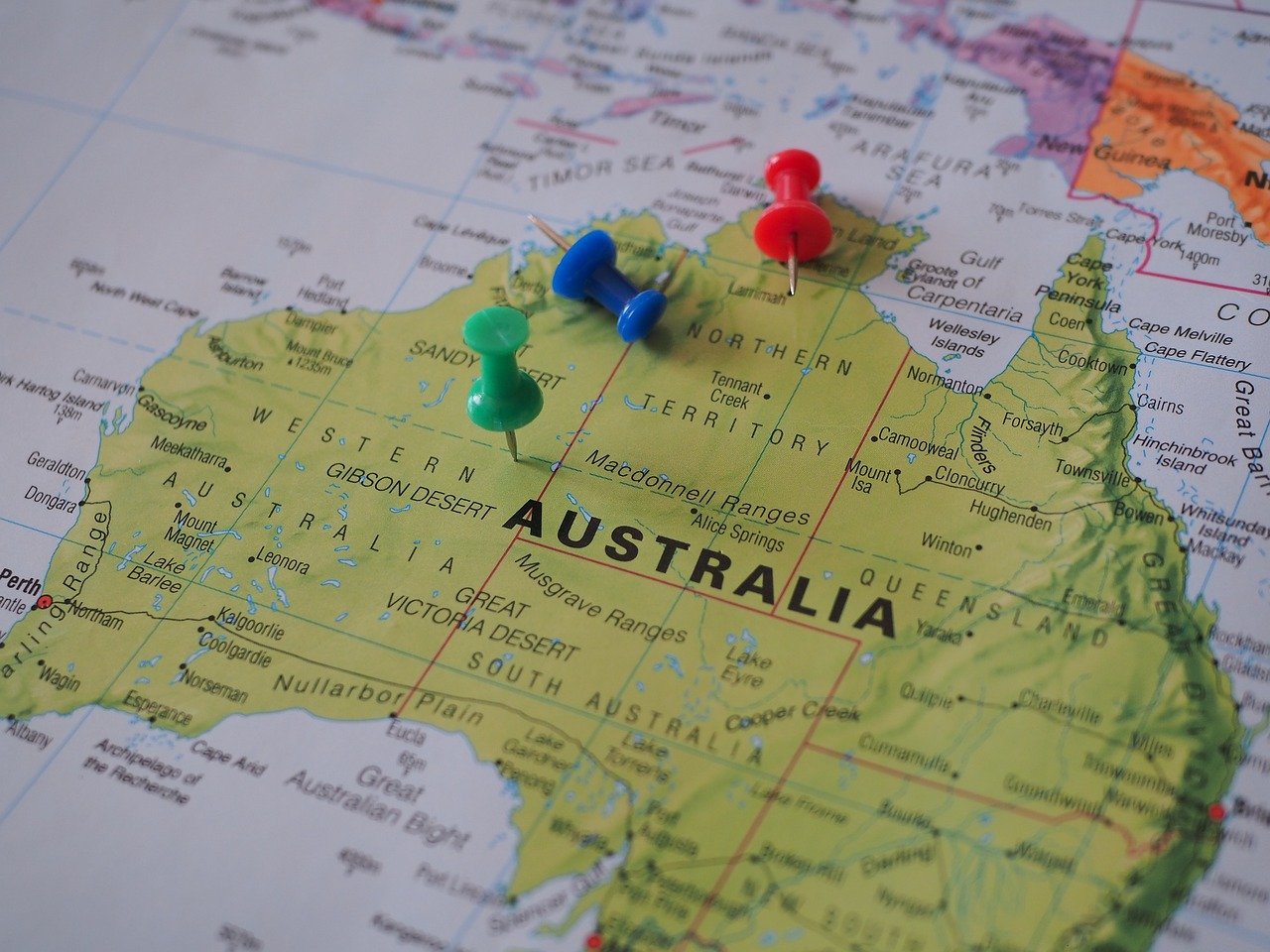Australia has become one of the most popular destinations. For international students in Australia, offering world-class education, a vibrant culture, and diverse opportunities. From its stunning natural beauty to its top-ranked universities, Australia provides a perfect balance of academic excellence and life experience.
This guide explores everything a student needs to know about students in Australia—from selecting the right university to adjusting to life Down Under.
1. Why Study in Australia?
Globally Recognized Education
Australian universities are renowned for their high-quality education and research opportunities. With universities like the University of Melbourne, Australian National University (ANU), and the University of Sydney, Australia consistently ranks among the top countries for higher education and for students in Australia.
Diverse Study Options
Australia offers a wide range of courses across fields like business, engineering, health sciences, and arts. Students can choose from undergraduate, postgraduate, and vocational training programs.
Work Opportunities
International students can work part-time (up to 20 hours per week) during their studies and full-time during holidays. This flexibility helps students gain experience and manage living costs.
Multicultural Environment
Australia is home to people from all over the world, making it a culturally inclusive and welcoming destination. You’ll meet peers from diverse backgrounds, enhancing your global perspective.
2. Top Universities in Australia
- University of Melbourne: Known for its research-intensive programs and a strong focus on innovation.
- Australian National University (ANU): Ranked among the top for international relations and political science.
- University of Sydney: Famous for its beautiful campus and a wide range of disciplines.
- Monash University: Renowned for its medical and pharmaceutical courses.
- University of Queensland: Leading in environmental sciences and biotechnology.
3. Popular Courses for International Students
- Business and Management:
Australia is a hub for business education, offering programs that emphasize entrepreneurship and leadership. - Engineering:
From civil to software engineering, Australia’s universities provide cutting-edge training. - Health Sciences:
Courses in nursing, medicine, and public health are in high demand and recognized globally. - Information Technology (IT):
With a growing tech industry, IT courses in Australia prepare students for a dynamic job market. - Arts and Humanities:
Australian universities are known for their diverse offerings in literature, sociology, and creative arts.
4. Cost of Studying and Living
Tuition Fees
- Undergraduate: AUD $20,000–$45,000 per year
- Postgraduate: AUD $22,000–$50,000 per year
Living Expenses
The average cost of living is around AUD $20,000–$25,000 per year. This includes accommodation, food, transportation, and entertainment.
Scholarships
International students can apply for scholarships like:
- Australia Awards Scholarships
- University-specific grants (e.g., Melbourne International Undergraduate Scholarship)
- Research Training Program (RTP)
5. Work Opportunities for Students
Part-Time Jobs
Students can work in sectors like hospitality, retail, or tutoring while studying. The minimum wage in Australia is approximately AUD $23 per hour.
Post-Study Work Visa
Graduates can apply for a Temporary Graduate Visa (subclass 485), allowing them to work in Australia for 2–4 years, depending on their qualification.
6. Adjusting to Life in Australia
Housing Options
- On-campus Accommodation: Convenient but slightly expensive.
- Shared Apartments: Cost-effective and popular among students.
- Homestays: Live with a local family to experience Australian culture.
Transportation
Australia has an efficient public transport system, including buses, trains, and trams. Many cities offer student discounts on transport fares.
Healthcare
International students must have health insurance, typically through the Overseas Student Health Cover (OSHC) program.
Culture and Social Life
Australians are friendly and value work-life balance. Participate in community events, join student organizations, and explore local festivals to make the most of your experience.
7. Exploring Australia as a Student
Australia’s vast landscape offers countless travel opportunities:
- Sydney: Visit the iconic Opera House and Bondi Beach.
- Melbourne: Enjoy its vibrant arts scene and coffee culture.
- Great Barrier Reef: Snorkel in the world’s largest coral reef system.
- Uluru: Experience the spiritual heart of Australia.
- Tasmania: Perfect for hiking and nature lovers.
8. Tips for International Students
- Plan Your Budget: Save enough to cover the initial months.
- Engage with Local Communities: This will help you adapt faster.
- Stay Safe: Australia is safe, but always be mindful of your surroundings.
- Explore Job Portals: Websites like SEEK and LinkedIn are great for finding jobs.
- Learn Basic Aussie Slang: Words like “arvo” (afternoon) and “mate” (friend) can help you connect better.
Conclusion
Studying in Australia is a transformative experience. With world-class education, work opportunities, and a welcoming environment, the country is a top choice for students worldwide. By planning effectively and embracing the opportunities that come your way, you can make your time in Australia truly memorable.
FAQs
1. What is the average cost of living for students in Australia?
The average cost of living is around AUD $20,000–$25,000 per year, including accommodation, food, and other expenses.
2. Can international students work in Australia?
Yes, students can work up to 20 hours per week during term and full-time during holidays.
3. Which city is best for students in Australia?
Melbourne and Sydney are top choices, offering excellent education, cultural diversity, and vibrant lifestyles.
4. Are scholarships available for international students?
Yes, universities and the Australian government offer various scholarships, such as the Australia Awards and Research Training Program.
5. What is the best time to apply for Australian universities?
Most universities have two intakes: February and July. Start your application process at least 6–9 months before the intake.

